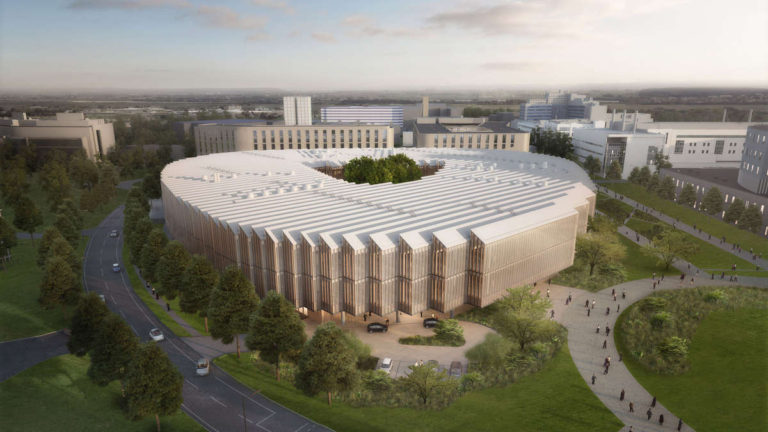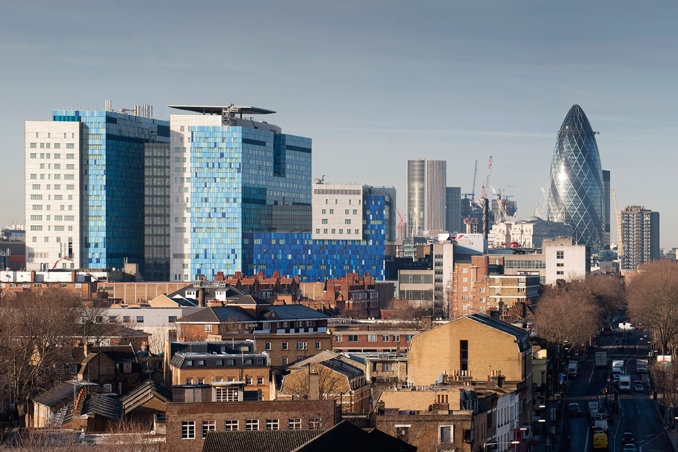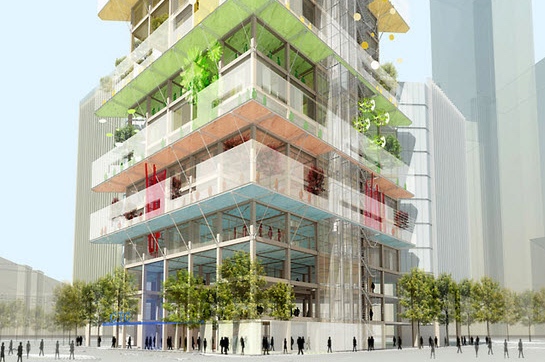High integrity distribution systems for AstraZeneca’s ground breaking biomedical facility

CASE STUDY : ASTRA ZENECA We have provided AstraZeneca Research and Development Centre, Cambridge with the high integrity distribution systems required for its mission to discover and deliver biopharmaceutical products to improve the lives of people with respiratory, cardiovascular, renal and metabolic conditions and cancer as part of an £8.5 million contract. Background […]
Largest ever UK medical gases contract – Royal London Hospital and St Bartholomew’s Hospital

CASE STUDY : THE ROYAL LONDON & ST BARTHOLOMEW’S HOSPITAL The Royal London and St Bartholomew’s Hospital project is an exciting and challenging opportunity – two hospitals built in the centre of London at a cost of £1 billion. The Royal London will become Britain’s largest hospital providing clinically renowned general and […]
Medical gases for cancer centre at Guy’s Hospital

In May 2014 Medical Gases was awarded the contract to install a complete medical gas system in the new state of the art Cancer Centre at Guy’s Hospital. The £160m facility, which is scheduled to open in Autumn 2016, will be a hub for south east London providing specialist cancer services, training, development and […]

